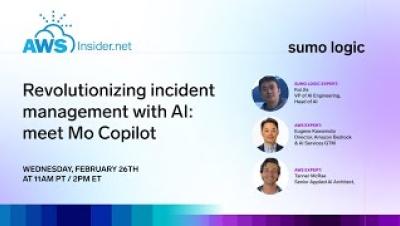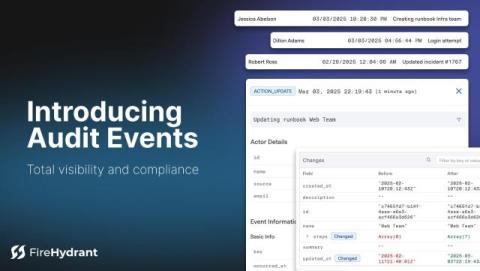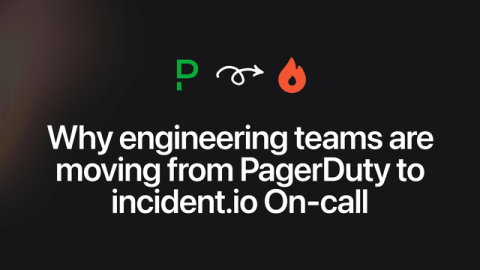Is Your Incident Management Tool a Single Point of Failure? The Case for a Multi-Channel Approach
When we’re talking about incidents, we know it’s not a matter of if, but when. It spares no systems: ours, yours or your vendors’. We’ve all seen widely-used products experience incidents, and the domino effect it has on all operations relying on them for seamless functionality. Vendors offering narrow, chat-centered incident management tools might seem attractive at first glance, but they fundamentally misunderstand the complexity of enterprise operations.











